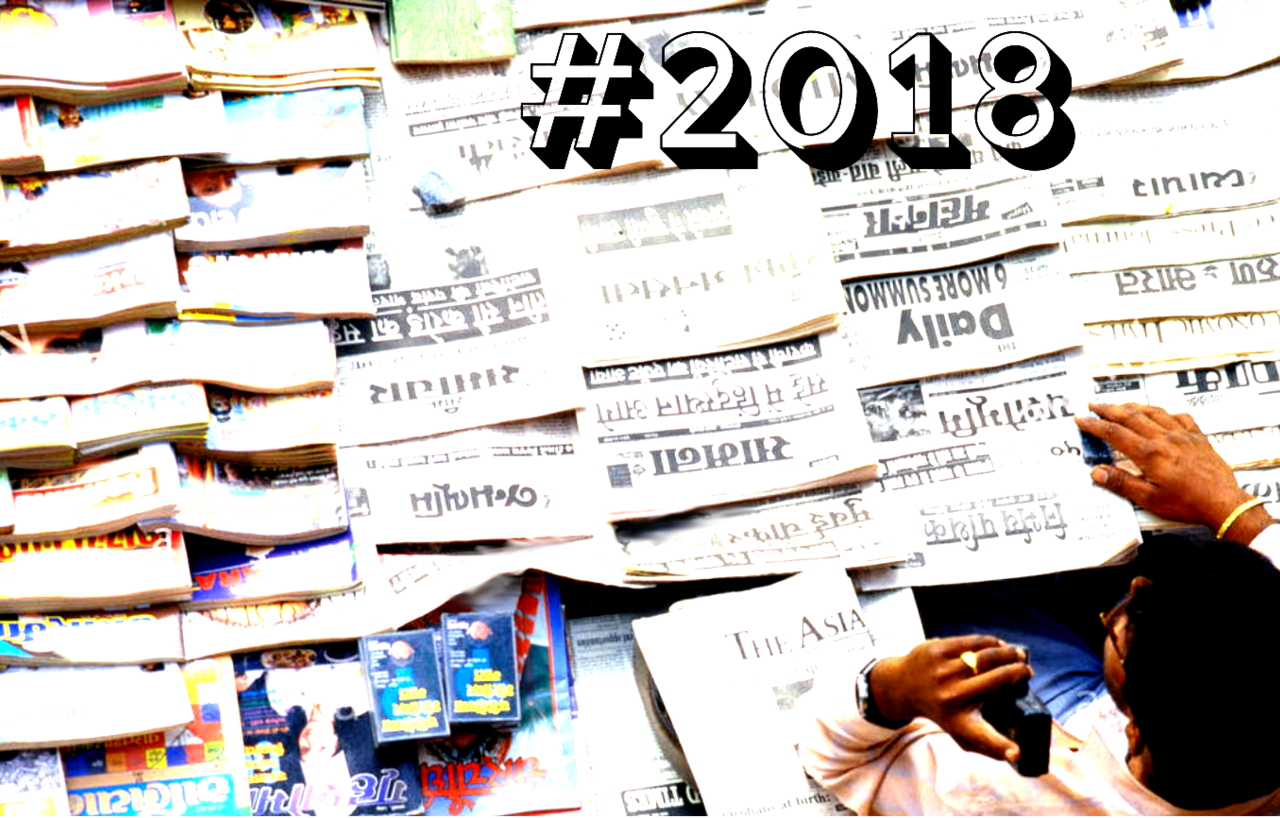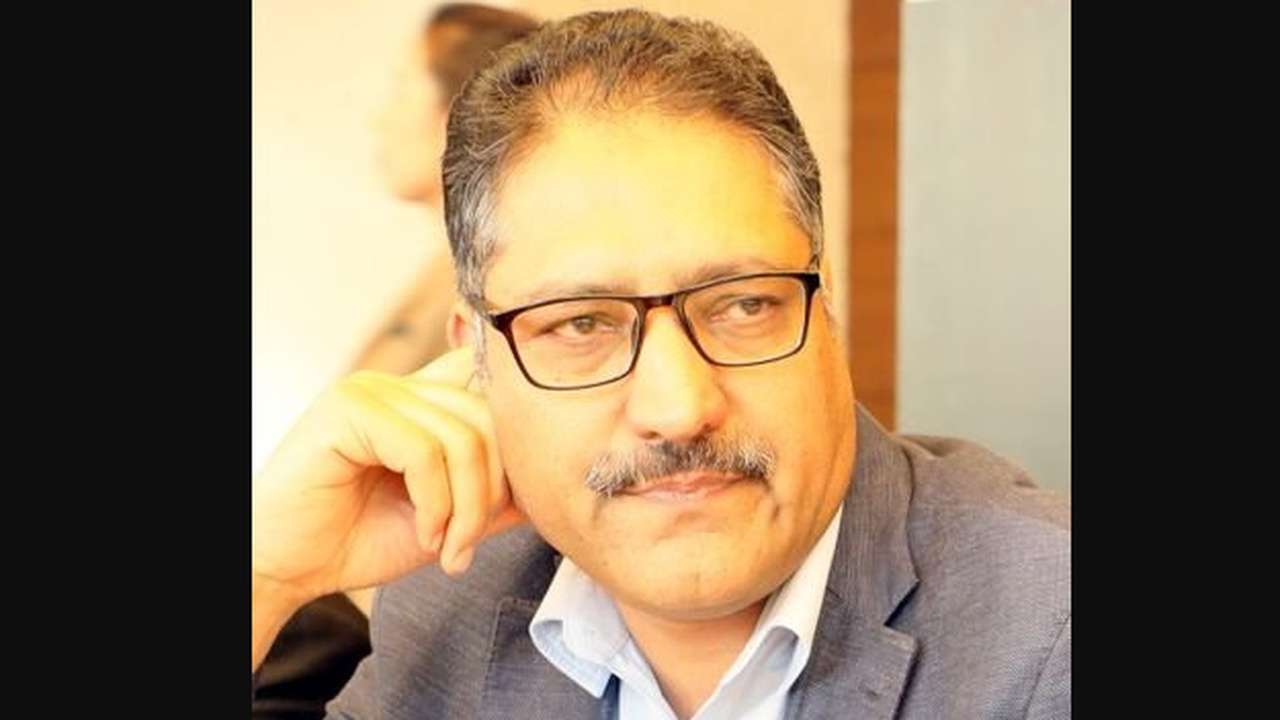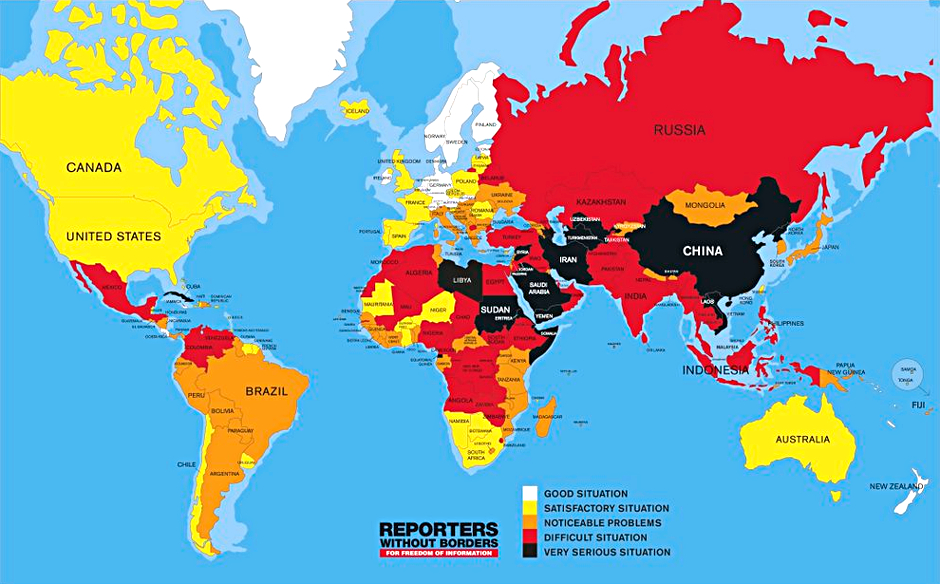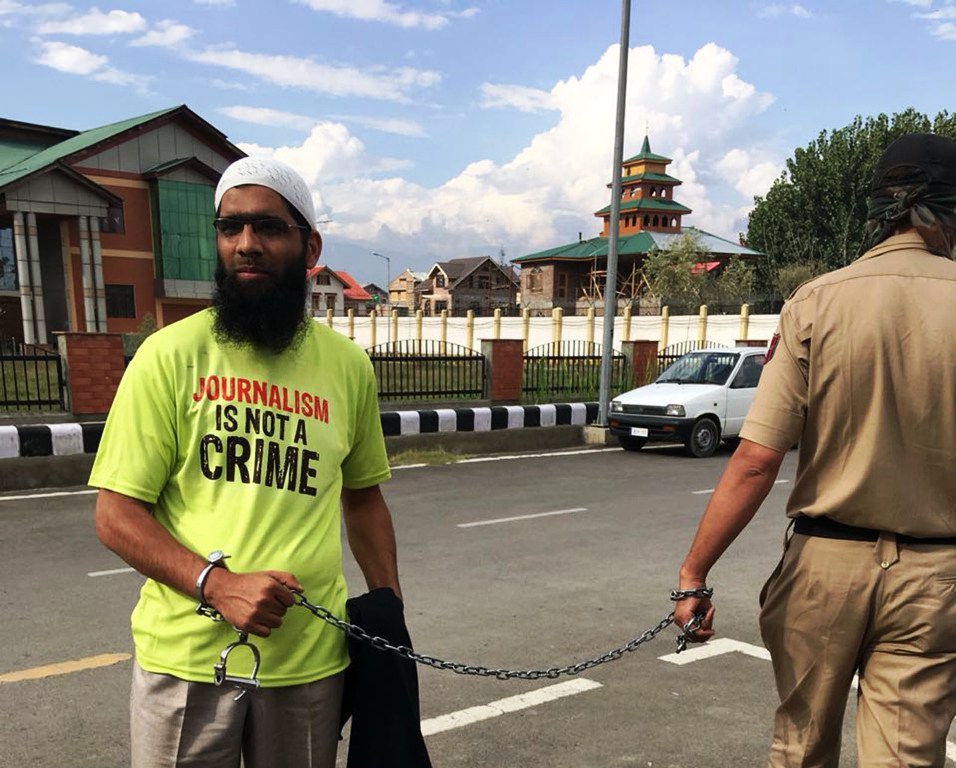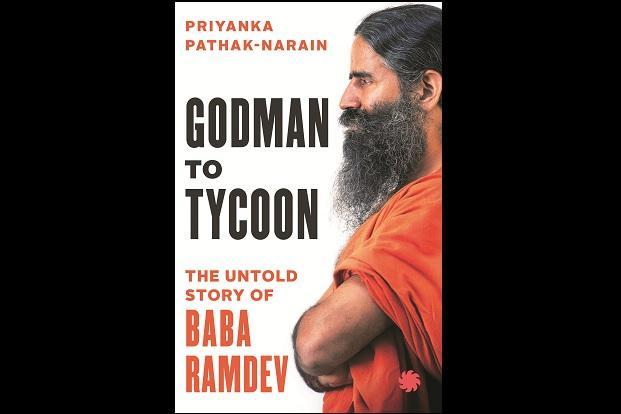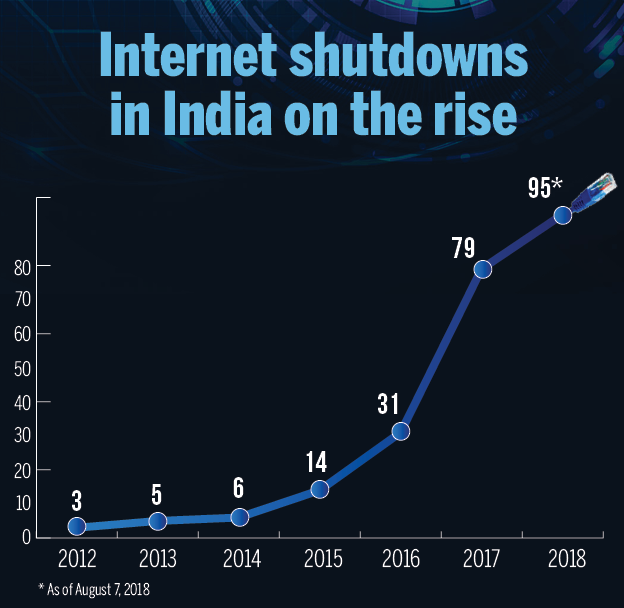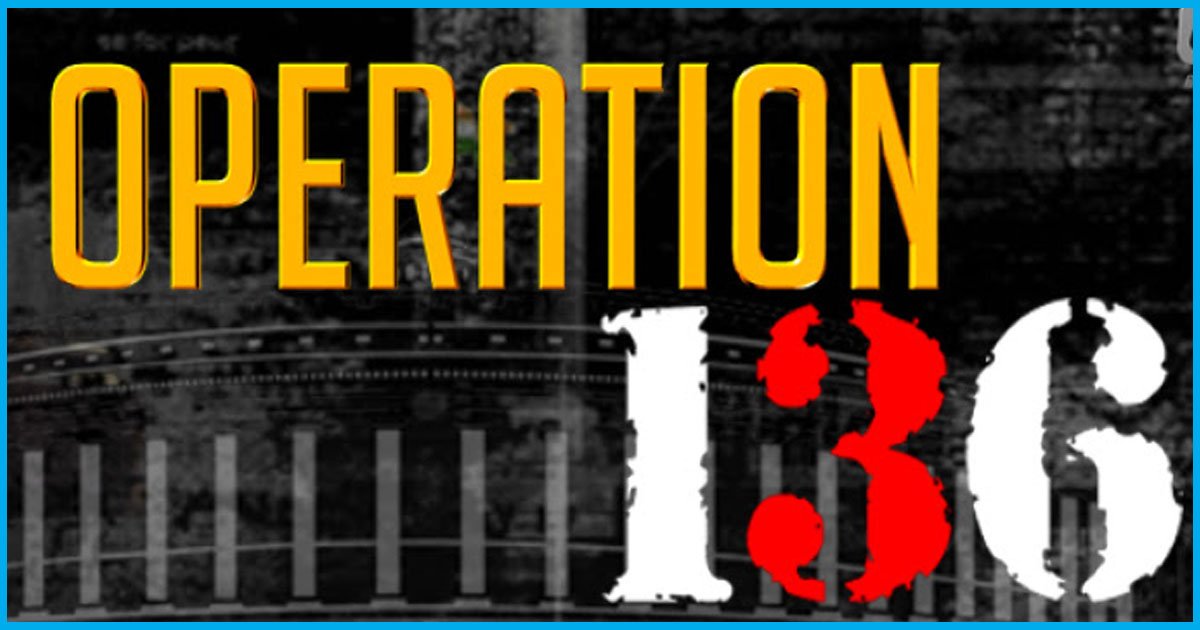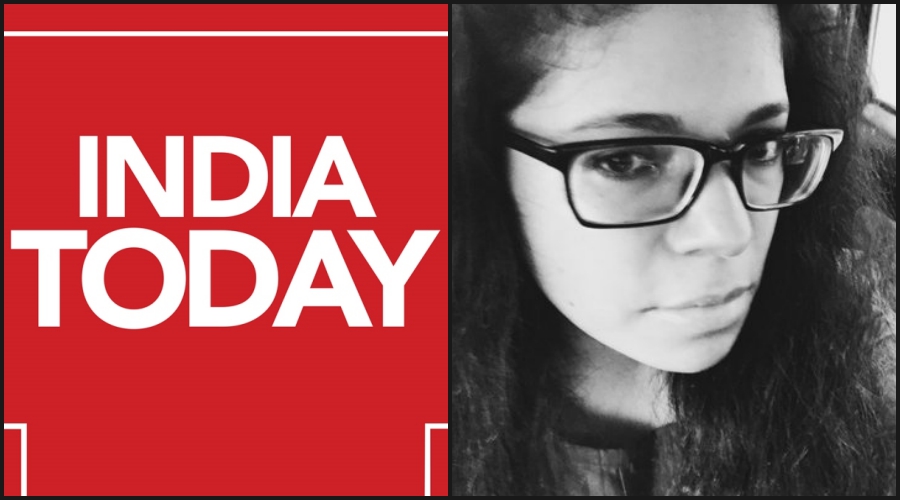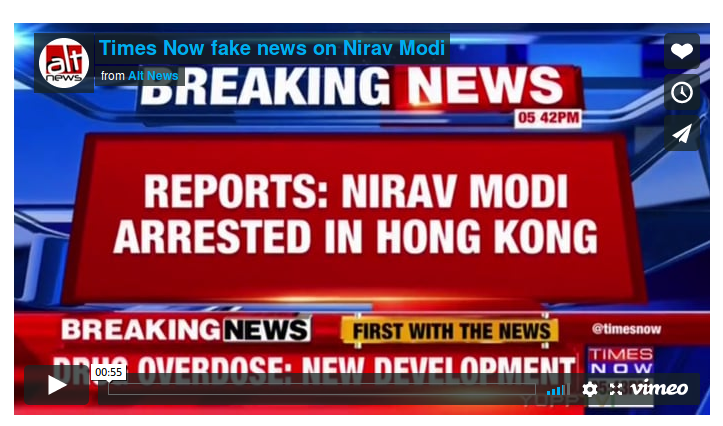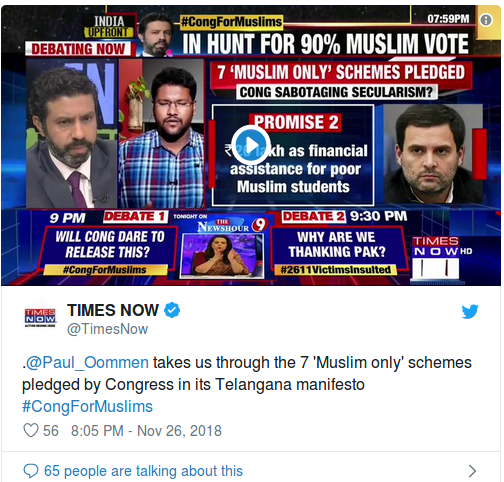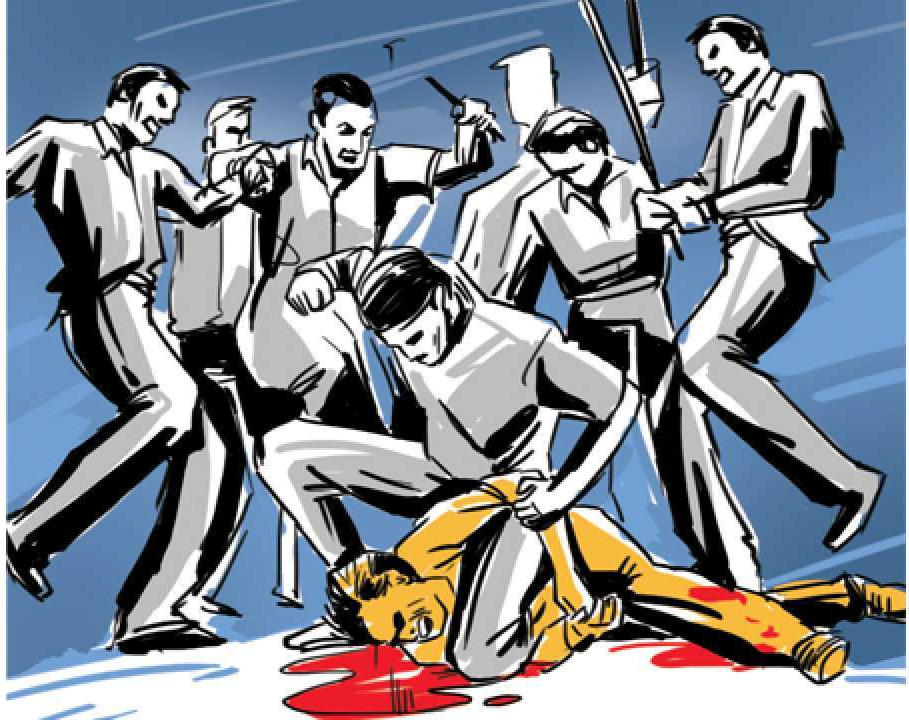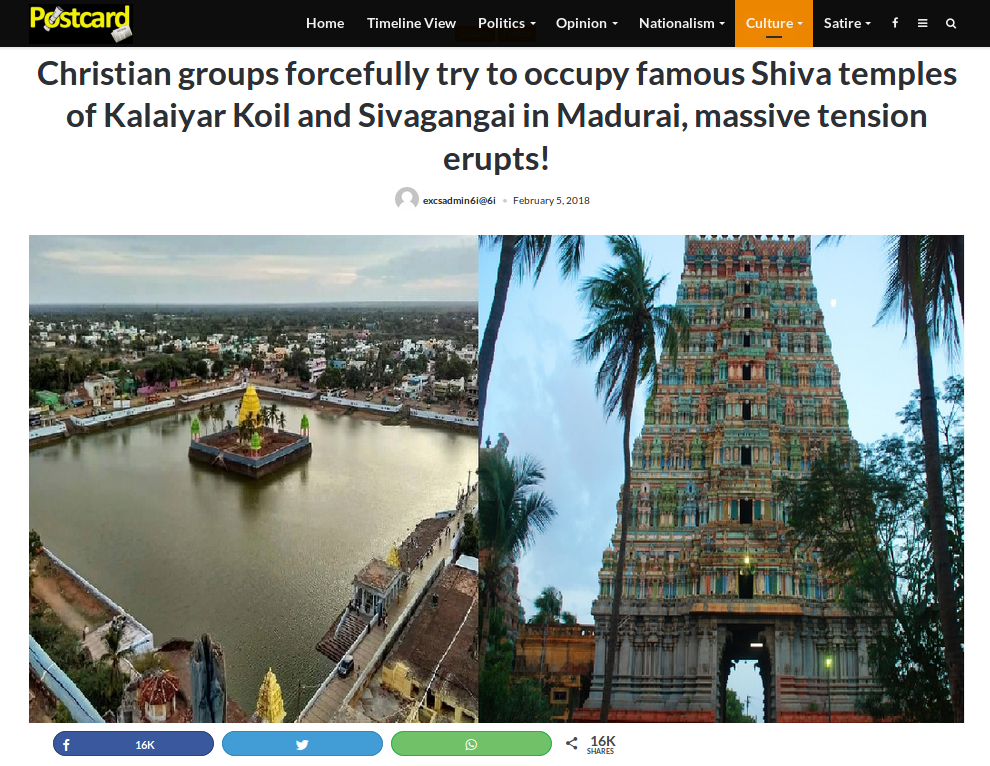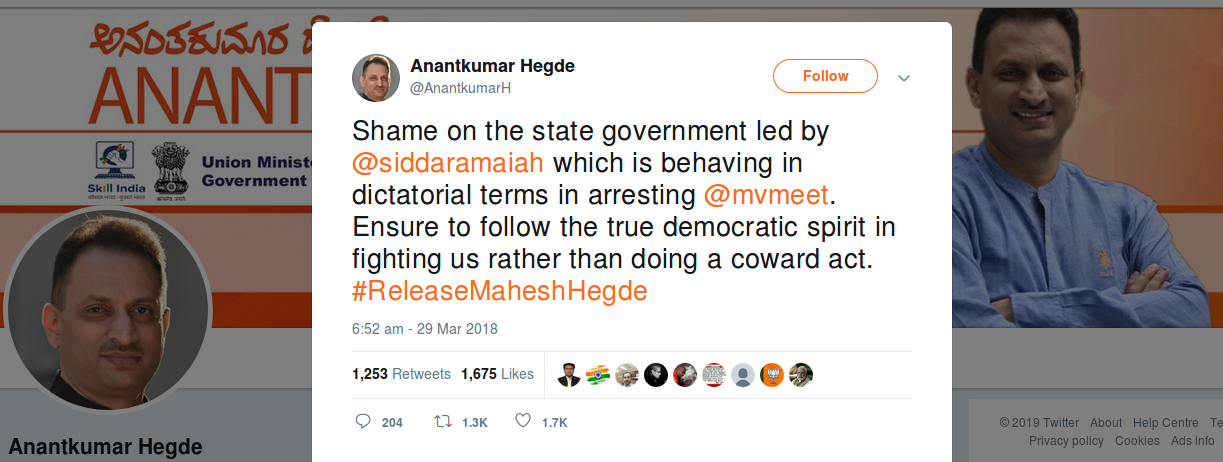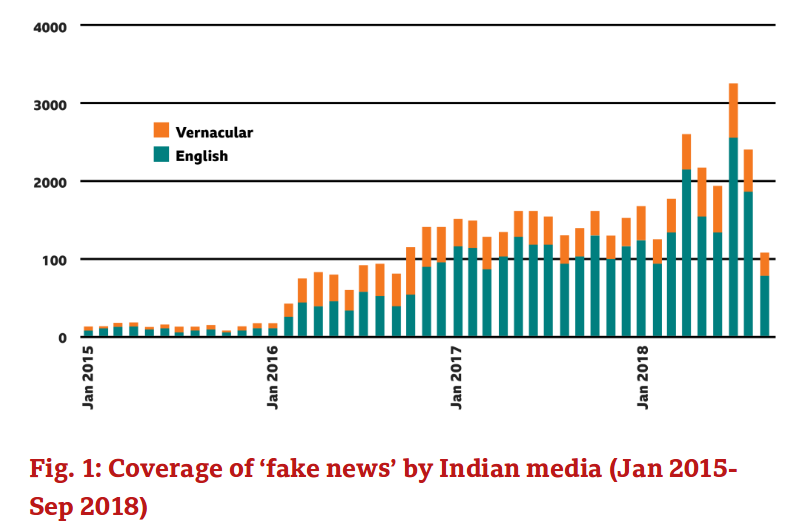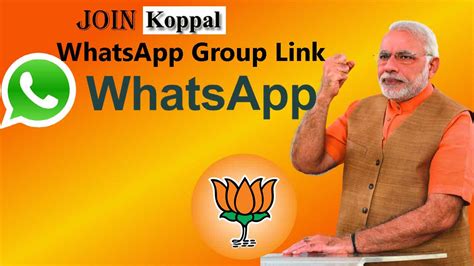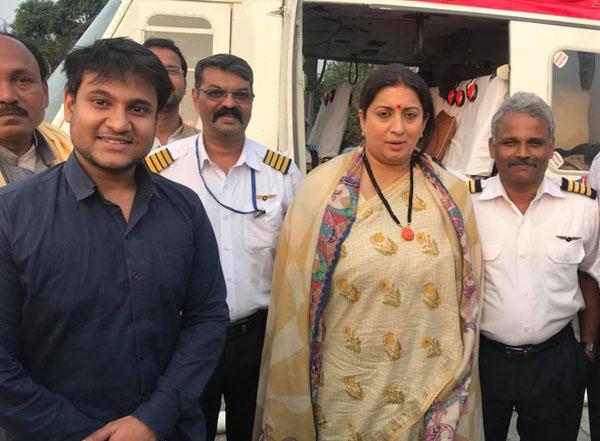Free and Independent media, the most talked about attribute of a vibrant liberal democracy in India came under attack from all fronts in 2018. There was no respite from killings and attacks on journalists, censorship of news both forced and voluntary, defamation suits by corporates and politicians against news media running into billions, sedition cases filed against journalists. The ‘fake news’ industry flourished on social media. The State virtually took on the mantle of chief censor, arming itself with the regulatory and surveillance mechanisms to gag and throttle any voice of fact, reason or dissent. A GroundXero recap of the Year when News and Facts were under the gravest of attacks in recent memory.
Systemic Murder of Journalism
The year 2018 for Indian journalism was summed up by a recent report called “Free Speech in India 2018: The State Rolls On”, published by the media watchdog group FreeSpeechCollective. “In 2018, seven journalists were killed in relation to their work, at least 27 incidents of attacks on 33 journalists, arrests of at least ten journalists and the detention of six others (including three foreign journalists), at least 17 instances of threats and harassment and 114 instances of censorship of news, film, academia, cultural events and public meetings … At least 37 free speech related defamation cases, filed by corporates, political party leaders and those accused in the #MeToo movement,” the report concluded.
In March, two Dainik Bhaskar journalists — Navin Nishchal and Vijay Singh — were killed when their bike was hit by an SUV in Bhojpur in Bihar. A day later, television reporter Sandeep Sharma was mowed down by a truck in Bhind, Madhya Pradesh. Sharma had done a sting operation on a sand mining mafia in Bhind, and had informed police that he had received threats to his life. Shujaat Bukhari, a well-known journalist in Kashmir, was shot to death in June as he was leaving his office in Srinagar. Three assailants riding on a motorcycle shot him and two of his bodyguards. End of October, journalist Chandan Tiwari was abducted and beaten to death in Chatra district of Jharkhand for allegedly exposing irregularities in MGNREGS. Around the same time, Doordarshan cameraperson Achyutananda Sahu was killed in a Naxal-Security forces crossfire in Dantewada. In December, tribal journalist Amit Topno who was covering Pathalgadi movement in Jharkhand, was found murdered after going missing for days.
May: According to a Reporters Without Borders report, India ranked 138th among 180 countries on this year’s World Press Freedom Index, making it one of the most dangerous countries for journalists in the world. India’s rank was 136th in 2017 and 133rd in 2016.
June: A number of news outlets took down stories directly blaming Amit Shah for misusing Modi’s demonetization for banking fraud. These included News18, The New Indian Express, The Economic Times, First Post, and a slew of others. The news was based on an RTI response revealing that currency notes worth ₹745.58 crore were deposited in Ahmedabad District Cooperative Bank (ADCB) in five days of demonetisation. BJP chief Amit Shah has been the director of the bank for the past several years. All district co-operative banks were banned from accepting demonetised currency notes after five days of demonetisation in 2016 due to fears of money laundering.
August: “From being told not to take Narendra Modi’s name on my show or show his image on any programme critical of the government to a sinister blacking out of my show, Masterstroke, what happened was nothing short of censorship”: Anchor Punya Prasun Bajpai wrote about his forced exit from ABP News. Earlier in May, 34 ABP employees had been laid off for protesting against non-payment of minimum wage and forming a Union. Their more than a month long dharna was hardly covered by any press.
September: Kashmiri journalist Asif Sultan arrested after reporting on Burhan Wani. Earlier in March, Kashmiri photojournalist Kamran Yusuf arrested last year on allegedly trumped up charges of being a stone-pelter, was finally released on bail.
September: Delhi HC restrained the publication and sale of the book ‘Godman to Tycoon: The Untold Story of Baba Ramdev’. The book documents the criminal history of the billionaire godman. “Right to freedom of speech and expression does not permit using defamatory insinuations against the yoga guru,” said the judge.
October: India Today journalist Mausami Singh was heckled, beaten, and pelted with stones while reporting on protests near Kerala’s Sabarimala temple. Many journalists and camera persons were attacked while covering the Sabarimala row.
November: A Manipur journalist, Kishorechandra Wangkhem, was arrested under the National Security Act for a Facebook post against Narendra Modi and BJP.
Surveillance State more equipped than ever
According to the latest Freedom on the Net report published in November, India led the world in 2018 in the number of Internet shutdowns. From January to mid-August 2018, local authorities ordered service providers to temporarily shut down Internet access in at least 96 reported incidents in 19 states, the report said. This number was 70 in 2017.
In the Transparency Report released by Facebook during the same month, the company revealed that it received 16,580 requests for user accounts and data from the GoI. 53% of these requests were obliged, said the report.
December: 10 central agencies given the powers by the Government to intercept information from any computer. Proposals have also been made to extend surveillance to WhatsApp communications.
Newsroom Theatre replaced Journalism
[metaslider id=”6035″]
While journalism and journalists were being systematically attacked and censored through muscle power and regulations, “news” was progressively captured by corporate profit-driven media companies. Anyone who has sat through a ‘Prime Time News Debate’ on any of the mainstream media channels knows how theatrics have replaced news, shouting anchors in TV studios have replaced journalists, and paid ‘debators’ have replaced people’s genuine opinions. The less said about this, the better. Here we cite only one example from last year’s news cycle: The unnatural death of actor Sreedevi, and the sensationalist, largely sexist “news” coverage that followed.
Sensationalism was however not the only highlight when it comes to mainstream corporate media in 2018. In May, investigative news agency CobraPost conducted extensive sting operations exposing the nexus between Hindu right-wing organisations and mainstream corporate media selling fake news. ‘Operation 136′ exposed media houses including India TV, Dainik Jagran, DNA, The Times of India, The New Indian Express, India Today, Hindusthan Times, Zee News, ABP News, Andhra Jyoti, and many others, who were caught on tape expressing eagerness in peddling fake news promoting Hindu communal agenda, in exchange for big money.
In February, India Today group fired Angshukanta Chakraborty, the political editor of DailyO, because of her tweet criticising media promoters, TV anchors and editors for turning a blind eye to “hate-mongering, fake news spreading”.
Here we cite only a few representative examples of this “hate-mongering” and “fake news spreading” – new norms for the News industry of 2018. In April, The Sunday Guardian published an opinion piece by someone called Sushil Pandit claiming that there was no rape in Kathua. This piece was published under a sub-header explicitly called ‘Fake News’! The article also came with a footnote that said “* This article is a pure concoction based on fiction. Any resemblance with any character or event is unintentional and coincidental.” This was perhaps the first such example of a news agency officially publishing fake news.
Around the same time, Times Now “broke a story” that Nirav Modi, accused in the Rs.11000 crore PNB scam was arrested in Hong Kong. He was not.
This November, building up to the Assembly elections, both Times Now and Republic TV ran headlines such as “SHOCKING: Congress manifesto vows ‘Muslim-only schools, govt contracts”. Managing Editor of Times Now, Navika Kumar did a show on the Congress’ manisfesto where she said, “Hospitals will be build for Muslims, schools will be build for Muslims (translated)”. These reports were later debunked by fact-checking website AltNews.
Targeted online Misinformation Campaign and Hate Propaganda posing as “News”
2018 was also the year when the lines between media and social media got further blurred. With over 200 million users, WhatsApp’s user base in India nearly tripled itself in the past four years as smartphones proliferated and the price of data kept crashing, posing serious challenges in a country “where digital literacy is next to nothing in many parts”, according to Pratik Sinha, founder of the fake news-busting website AltNews. 2018 saw an alarming proliferation of violent attacks based on misinformation and hate spread through Facebook and WhatsApp.
Scores of people were reportedly killed across the country through the year because of violence stemming from false information spread over WhatsApp. Rumours were spread on the App about “child kidnappers on the loose”, along with fake images and videos. On several occasions, members from nomadic communities and transgender communities were attacked and killed. A woman in her 40s was beaten with batons and dragged across a village in Tripura as the crowd chanted “death to child lifters”. In June, in Tripura again, people attacked “rumour buster” Sukanta Chakraborty with sticks and bricks as he was warning people on a megaphone against erroneous rumours. He died on the spot.
In February, propaganda website Postcard News claimed that Christian groups in Tamil Nadu had entered the Kaliyar Kovil and Sivagami temples in Madurai and staked claim on the property. The website insinuated that this was a plan by Christian missionaries to convert Hindu temples to churches. BoomLive, a fact-checking website, busted these claims. In fact it was reported that a local church was vandalised this year, allegedly as a reaction to such propaganda.
In March, Bengaluru police arrested the co-founder of Postcard News, Mahesh Hegde, for spreading false information, promoting enmity between different groups, deliberately insulting religious beliefs, and criminal conspiracy. Several BJP members, including Union Minister Anantkumar Hegde, tweeted demanding his release.
“Nationalism a driving force behind fake news in India,” concluded a BBC study published this November. “Four types of narratives in fake news messages are particularly effective at passing by the critical filters of a wide swathe of the citizenry. These are: Hindu power and superiority, Preservation and revival, Progress and national pride, Personality and prowess (of PM Modi),” listed the report.
[metaslider id=”6055″]
“Of the [Twitter] accounts that the @narendramodi handle follows, 56.2% are unverified. 61% of these followed accounts sit in the cluster of ‘pro-BJP amplifiers’, and these accounts have an average following of 25,370 and have made an average of 48,388 tweets in their lifetime … Handles that have published fake news sit more in the pro-BJP cluster. And of the 29 sources known to have published at least one piece of fake news, that sit in the pro-BJP cluster, the @narendramodi account follows 15 of them,” found the BBC study. [All photos in the above slideshow are from the BBC report]
Some of the identified online fake news sources include: Viral in India, The India Eye, ShankhNaad, Republic, Prof. Abhishek Mishra, Phir Ek Baar Modi Sarkar, News Nation, Namo Supporter, India Support Namo, Bharat Positive.
In March, it came to light that Cambridge Analytica – the international data mining and analysis company that allegedly helped US President Donald Trump win the elections through micro-targeted propaganda campaigns – also had ties with several key Indian political parties, including the Congress and the BJP. “Both the parties received our presentation very enthusiastically. However, I don’t think a deal has been signed so far. As far as we know, the deal with the Congress looked more likely,” one source reportedly told The Print. India is one of 48 countries where political parties have “formally organised social media manipulation campaigns”, concluded an Oxford study in July.
“In the run-up to the 2019 Lok Sabha elections, the Bhartiya Janata Party’s (BJP) Delhi unit has formed over 1,800 WhatsApp groups with party national president Amit Shah being a member of each of them,” read a News18 report from July. “Move is aimed to provide direct information and stem fake news,” said the official party statement.
“BJP insiders say the party has close to 15,000 WhatsApp groups in Uttar Pradesh, the most politically-important state for any party hoping to grab power at the Centre. During the assembly polls in Karnataka earlier this year, the party had created 20,000 such groups,” claimed an OutlookIndia report published this December. Congress and JD-S reportedly had 30,000 WhatsApp groups.
“(But) those who make [fake messages for mass forwarding], those who design the graphics know that they are fake. These messages are then sent to 500 WhatsApp groups, the people in those groups think these are real…and they spread them as they want to spread the message, not because they want to spread fake news,” said Shivam Shankar Singh in an interview. Shivam, one of the BJP’s campaigns consultants, resigned from the party this June. “If the BJP had to pay someone ₹20,000-30,000 for social media work it was an informal arrangement. But if someone has to get a monthly salary of ₹1.5-2 lakh, there’s no other way for the party but to do it formally, which is then done by recruiting the person into any of the allied think-tanks,” Shivam was quoted as saying. Officially, Shivam was on the payrolls of election strategist Prashant Kishor’s company IPAC, which had the contract for political consultancy for BJP.
“Currently, there are even Facebook pages up for sale. Some of these were formed by former BJP supporters who are charging anything between Rs 3 to Rs 5 lakh for a page, depending on the number of ‘likes’ it had garnered. As these pages already have millions of followers, the new owner can simply start pushing any content,” said the same Outlook India report.
2018 brought to significance not just platforms like WhatsApp or Twitter, but also several vernacular platforms that were rife with fake news: “Terrorist Zakir Naik said he will return to India when the Congress government is in power. So Congress supports terrorists?” read the top ‘trending’ post of ShareChat, India’s largest regional-language social networking platform, according to a HT report. The post has been viewed by 15,000 users as of November 13. ShareChat is an open broadcasting platform and a social network – “a vernacular version of Twitter in some ways”. From humble local beginnings as a largely “gossip-sharing” App, ShareChat now supports 14 regional Indian languages, and 10 million people use the platform daily, mostly from tier-2 and tier-3 cities. The 3-year-old Bengaluru-based startup is now valued at $500 million. ShareChat reportedly raised close to $100 million led by Chinese venture capital firm Shunwei Capital in September this year.
Helo, another vernacular platform with 5 million registered users, which also operates in 14 languages, is backed by the Chinese internet conglomerate Byte Dance. “The group, which also owns news aggregator Toutiao and short-video social platform Tik Tok, is heading towards a total valuation of around $75 billion,” reported the HT article.
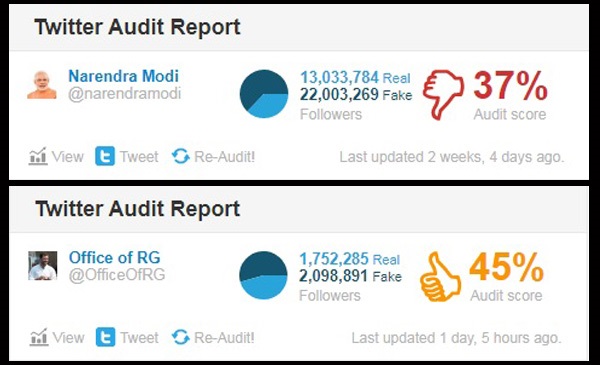
Courtesy: BoomLive
Under public pressure, WhatsApp, Twitter, Facebook have been forced to take certain measures to reign in fake news and hate mongering. While WhatsApp limited the number of one-time forwards to 5, and introduced the new “Forwarded” tag for messages that are being forwarded, Twitter undertook a purge of its fake accounts. This left Narendra Modi with around 300,000 less followers. Rahul Gandhi lost 17,000, the official @PMOIndia lost 140,635, Shashi Tharoor lost 1,51,509, External Affairs Minister Sushma Swaraj (@SushmaSwaraj) has lost 74,132 followers. BJP President Amit Shah was left poorer by 33,363 followers, Delhi Chief Minister Arvind Kejriwal has lost 91,555 followers.
Many fact-checking websites such as AltNews, Factchecker.in, Boomlive.in, Social Media Hoax Slayer, check4spam.com, etc., are regularly working to debunk fake news. Journalists in Kashmir, in Bastar, and elsewhere have been trying to organise themselves for their own safety. The newly elected Chhattisgarh Government has been pressured to agree to pass a Journalists Security Act. Several independent online news portals such as TNlabour, WorkersUnity, Dalit Camera, TransVision, etc., have come up to cover real news and counter mainstream corporate propaganda. However, these measures may not be enough faced with the might and money power of the corporate media houses. Within a few months from now, the nation is going to vote across 29 states in the biggest democratic exercise in the world. And the role that fake news is going to play in these elections, has created massive anxiety, including former Chief Election Commissioner S.Y. Quraishi, who said that fake news spread through WhatsApp groups is “1000 thousand times more dangerous than rumours going out word-of-mouth”.
Photos are courtesy Internet.

